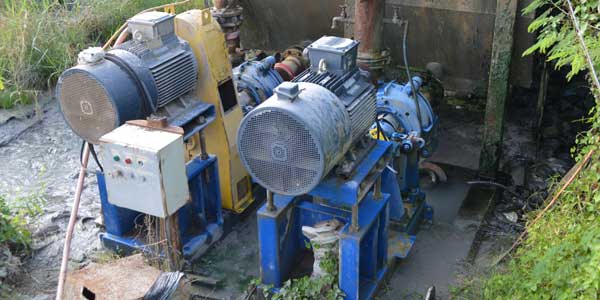When it comes to pumping slurries, there are several types of pumps that are suitable. However, before considering which technology to use, we must address several key issues. Firstly, what is a slurry? A slurry is any mixture of solids and liquids that are pumped together. These mixtures can range from simple sand and water to highly abrasive and corrosive mixtures.

Secondly, what are the characteristics of the material being pumped? The type of material being pumped plays a critical role in selecting the appropriate pump. The properties of the material including size, viscosity, density, and abrasiveness must be taken into account.
Thirdly, what are the requirements of the process? The requirements of the process may dictate the pump technology that is used. For instance, it may be necessary to maintain a specific flow rate or pressure.
With these key issues in mind, let's take a look at the types of pumps that can be used for slurry pumping.
Centrifugal Pumps
Centrifugal pumps are a common choice for slurry pumping due to their simplicity and low maintenance requirements. These pumps work by using a rotating impeller to create a force that moves the slurry through the pump. However, centrifugal pumps are not suitable for all types of slurries as they can suffer from issues such as cavitation and wear.
Positive Displacement Pumps
Positive displacement pumps are another type of pump that can be used for slurry pumping. These pumps work by trapping a fixed amount of fluid in a chamber and then moving that fluid into the discharge line. Unlike centrifugal pumps, positive displacement pumps are able to handle high viscosity fluids and can provide a more consistent flow rate. However, they are typically more expensive and require more maintenance than centrifugal pumps.
Peristaltic Pumps
Peristaltic pumps are an increasingly popular option for slurries due to their ability to handle highly abrasive and corrosive fluids. These pumps work by using rollers to compress a hose, creating a vacuum that draws the slurry through the pump. Additionally, peristaltic pumps offer precise flow control and have a low shear rate, making them suitable for delicate materials.
Buccaneer Slurry Pumps
Buccaneer Slurry Pumps are a highly efficient and reliable option for slurry pumping. These pumps are able to handle highly abrasive and corrosive fluids, making them suitable for a wide range of applications. Designed with a heavy-duty construction, they are able to provide consistent performance even in the harshest conditions.
When operating a slurry pump, there are several key factors that must be taken into account. Firstly, the pump must be correctly sized for the application to ensure it is able to provide the required flow rate and pressure. Secondly, the pump must be operated within its specified limits to prevent damage and maintain efficiency. Finally, regular maintenance and inspection are essential to prevent breakdowns and ensure maximum uptime.
In conclusion, selecting and operating a slurry pump requires careful consideration of several key factors. The type of pump selected must be able to handle the specific properties of the material being pumped, while also meeting the requirements of the process. With the right technology and proper operating procedures, slurry pumping can be a highly efficient and reliable process.